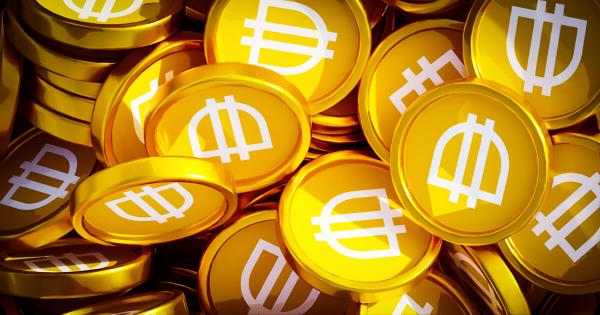MakerDAO DAI supply gains $200M as interest rate surges to 8%

MakerDAO DAI‘s stablecoin supply increased by $200 million after its interest rate increased by 8% for holders depositing into the protocol.
On Aug. 6, MakerDAO’s founder Rune Christensen revealed that Dai Savings Rate (DSR) was paying the high yield rate for the stablecoin holders “at no additional risk.”
Following the news, DAI’s market cap climbed to $4.66 billion from $4.45 billion during the last 24 hours, according to CryptoSlate’s data. Additionally, the number of the decentralized stablecoins in the DSR contract soared to 611 million from 339.4 million recorded on Aug. 6, according to the Makerburn dashboard.

Meanwhile, the news has not positively impacted MakerDAO’s MKR token, which is down more than 3% in the last 24 hours to $1,207 at the time of writing, according to CryptoSlate’s data.
What is DSR?
The Maker team described DSR as a fundamental component within its ecosystem, allowing users to deposit DAI and receive a consistent interest rate. It added that the interest is accrued in real-time, accumulating from the system’s revenues.
Christensen explained that DSR’s current high interest was because it has not enjoyed high adoption among DAI holders. According to him, only about 8% of Dai holders currently use DSR, forcing the protocol to hike the interest rate to attract more users. He added that the interest rate would drop “once more users arrive.”
Meanwhile, the DSR can only be accessed through Spark Protocol, a DeFi platform launched by MakerDAO in February. Spark operates similarly to Aave but leverages DAI for liquidity.
However, the DSR would be unavailable to crypto users in the U.S. or those using a virtual private network (VPN). This is because access to the Spark Protocol has been banned for the country due to the recent regulatory uncertainties in the U.S.
Community members have suggested that the VPN ban was implemented to prevent U.S. citizens from circumventing the imposed location restrictions.
